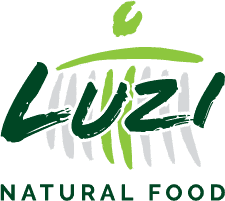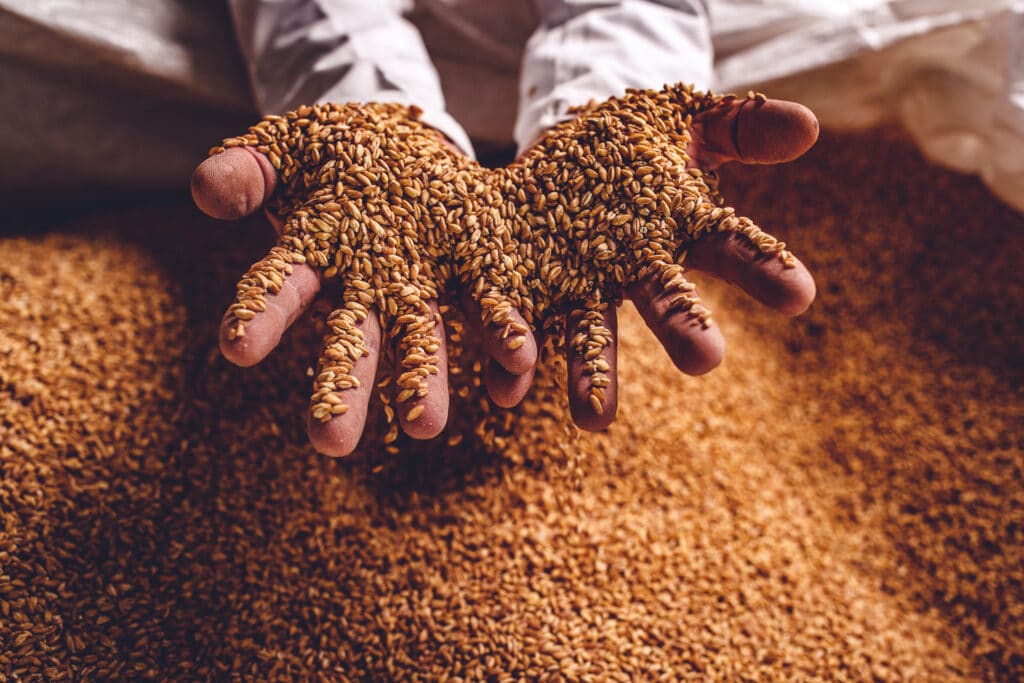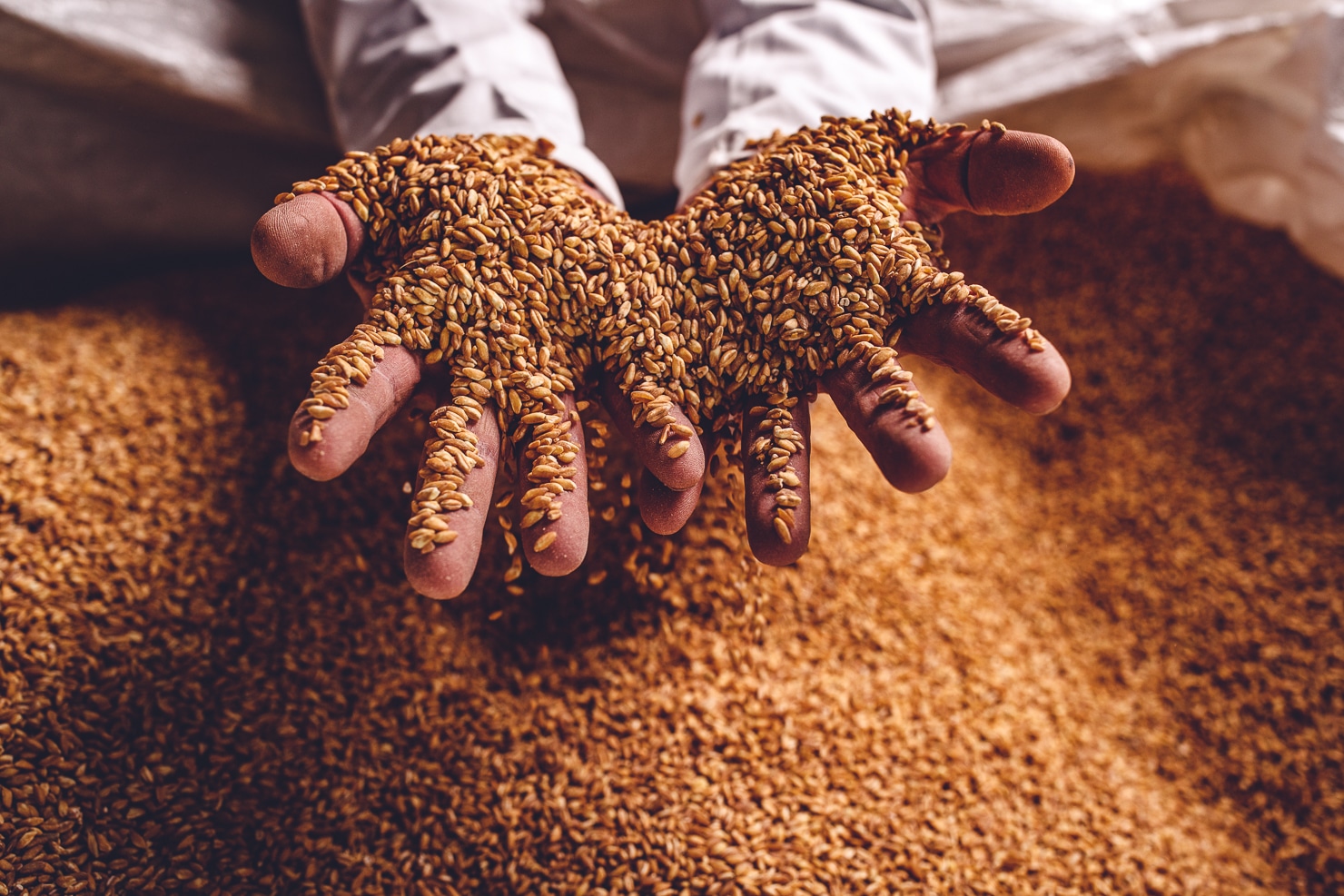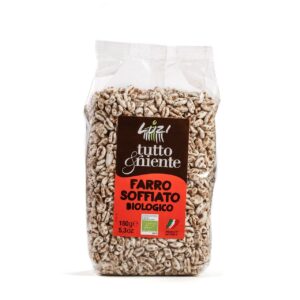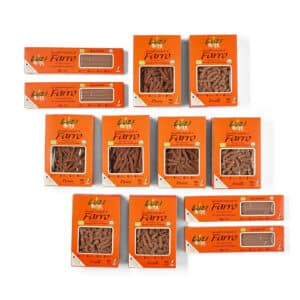PASTA: NEVER SAY EVER (ONLY IF WHOLEMEAL)
Eliminating an important food such as pasta from your diet means reducing the energy needed to fight the fats and fatigue that our body undergoes. Pasta yes, always, even every day, as long as it does not come from refined grains grown with chemical methods. Pasta is an indispensable ingredient, our mothers and grandmothers have taught us. For us Italians, it represents an indispensable must in our pantries. It is always present on our tables, whether they are summer, fresh and carefree or winter, steaming and fragrant. How can we do without it? Natural pasta is good, healthy, cheap, and light. It is a complete food, when combined with protein and vegetable ingredients, and is good for you and the planet.
